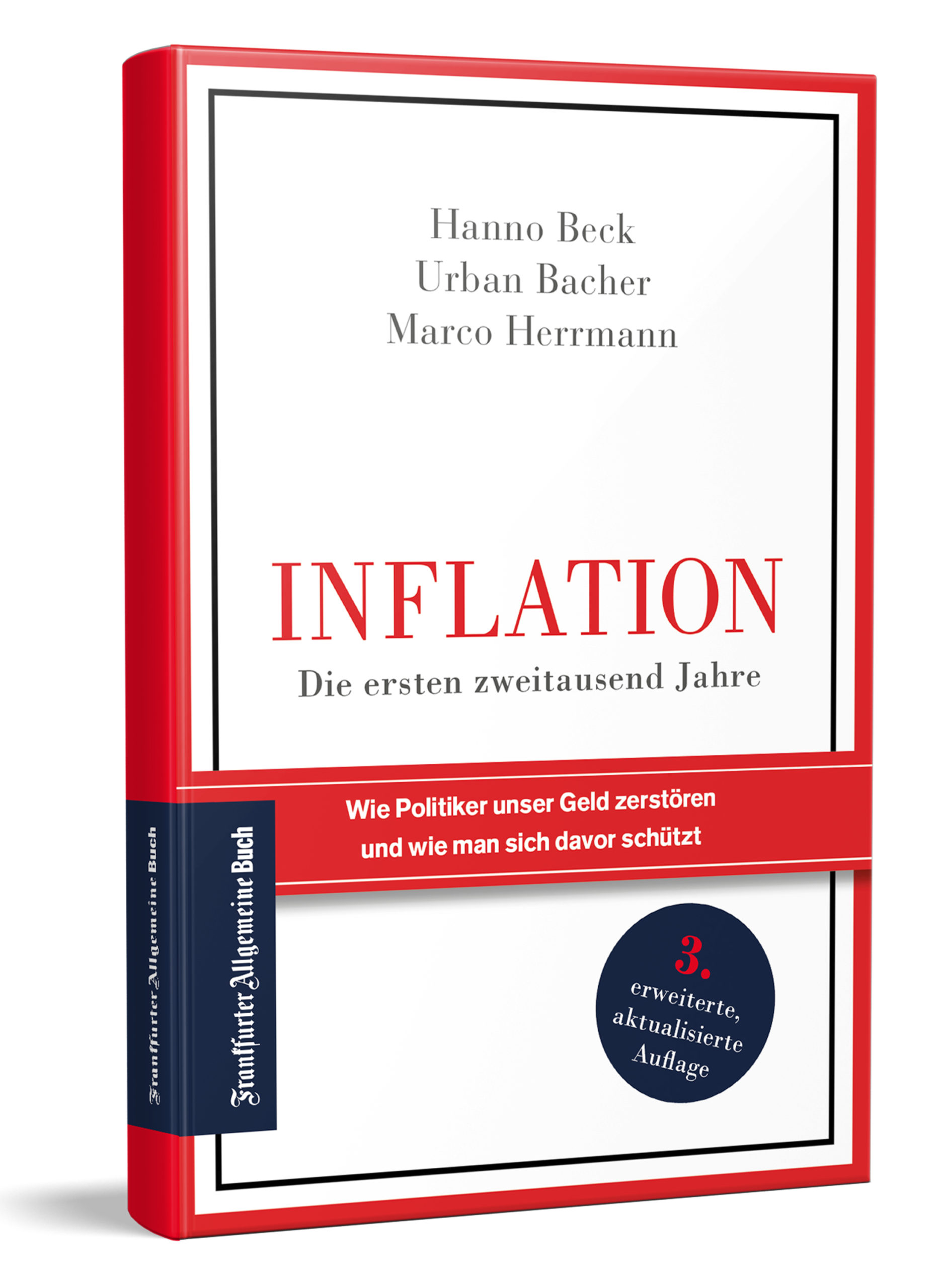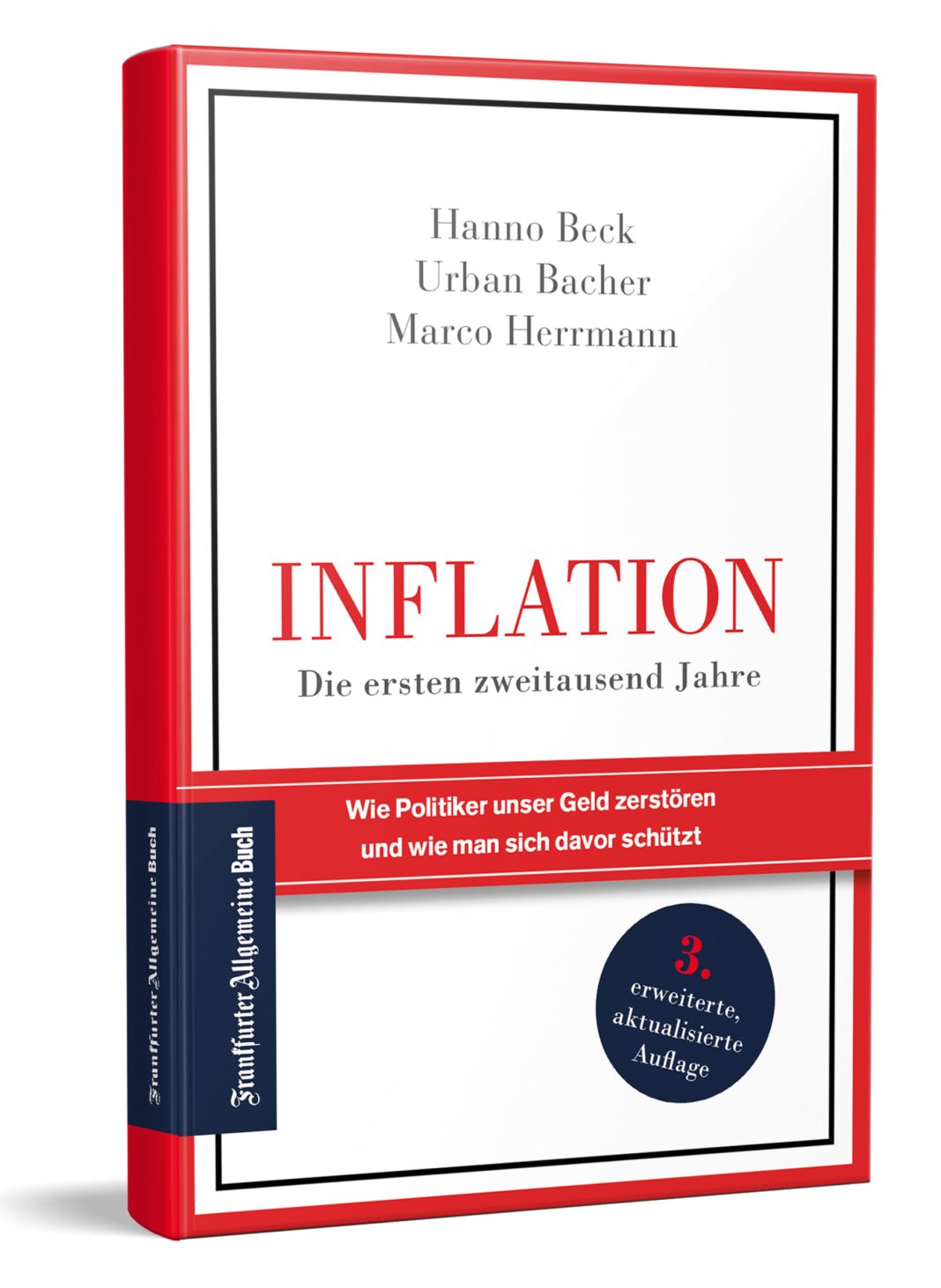
Sticky and Stubborn Core Inflation Persists in Latest CPI Report
The latest Consumer Price Index (CPI) report from the Bureau of Labor Statistics reveals that the U.S. annual inflation rate fell below economists’ expectations. The CPI slowed to 2.5 percent in August, down from 2.9 percent, which was in line with the consensus estimate of 2.6 percent. While monthly inflation remained unchanged at 0.2 percent, core inflation, which excludes the volatile energy and food categories, held steady at 3.2 percent.
One of the key contributors to the persistence of inflation is the cumulative effect it has had on households. According to Greg McBride, chief financial analyst at Bankrate, the lower rate of inflation does not mean that prices are coming down significantly. Rather, it indicates that prices are not rising as fast as they had been. McBride emphasizes that the rapid run-up in prices has strained household budgets, and many Americans are still feeling the impact.
Food inflation remained relatively stable last month, but certain items within the category saw month-over-month increases. Eggs, chicken, beef and veal, fresh fruits, and milk all experienced price gains. On the other hand, the energy index decreased by 0.8 percent from July to August and fell to negative 4 percent over the past 12 months. This decline in energy prices can be attributed to various factors, such as global demand growth concerns and easing tensions in the Middle East.
One area of concern is the persistent rise in shelter costs, which accounted for a significant portion of the monthly increase in the CPI. Despite projections of a slowdown in rent increases, economists have yet to see these forecasts materialize. The federal statistics agency collects rent data every six months, resulting in a lag in the data. Economists at the Federal Reserve Bank of Minneapolis projected that shelter inflation will remain above pre-pandemic levels throughout 2025, suggesting that housing costs may not diminish in the near future.
Looking ahead, the Survey of Consumer Expectations conducted by the New York Fed indicates that Americans anticipate inflation to remain above the central bank’s 2 percent target rate over the next year. Additionally, the Federal Reserve Bank of Cleveland’s Inflation Nowcasting model predicts a reading of 2.3 percent for next month’s CPI report, with core CPI expected to be 3.1 percent.
The CPI report had an immediate impact on the market, with U.S. stocks in the red during pre-market trading. Treasury yields rose across the board, and the U.S. dollar index erased its early losses. This final CPI report before the Federal Open Market Committee policy meeting has heightened expectations of a rate cut to initiate the central bank’s easing cycle.
In his keynote speech at the Jackson Hole Economic Symposium, Fed Chair Jerome Powell indicated that the time has come for policy adjustments. He stated that the direction of travel is clear, and the timing and pace of rate cuts will depend on incoming data and the evolving outlook. This potential interest rate cut would mark the first since the onset of the coronavirus pandemic, as the Fed has been engaged in a quantitative tightening campaign since March 2022.
While the markets are pricing in significant rate cuts over the next year, strategists at Saxo Bank do not anticipate aggressive rate-cutting by the Fed. They point to slowing supercore inflation and steady economic growth as factors that may hinder an aggressive rate-cutting cycle. Supercore inflation, which measures services inflation excluding energy, food, and housing, remains persistently high at around 4.5 percent but is starting to trend lower.
The next two-day Fed policy meeting is scheduled for September 17-18, where further decisions on interest rates and monetary policy will be made.


